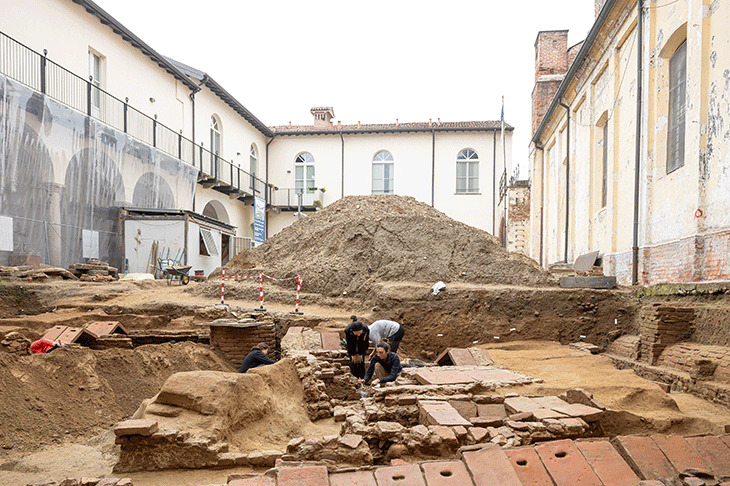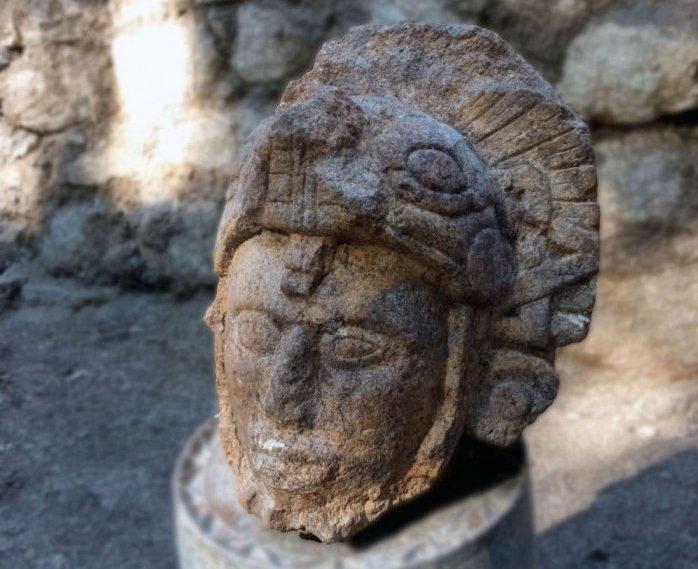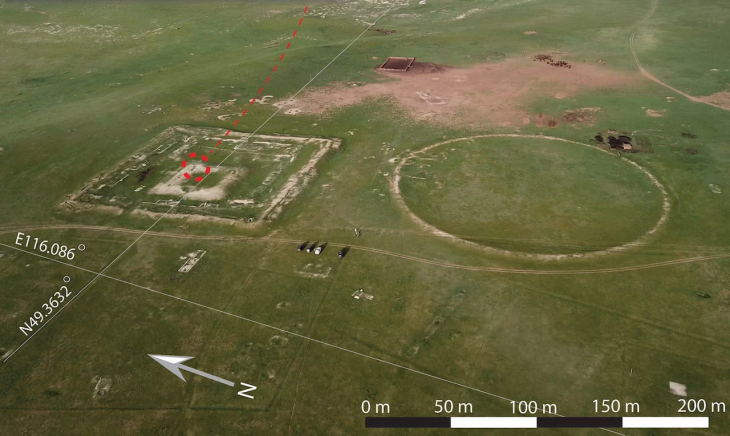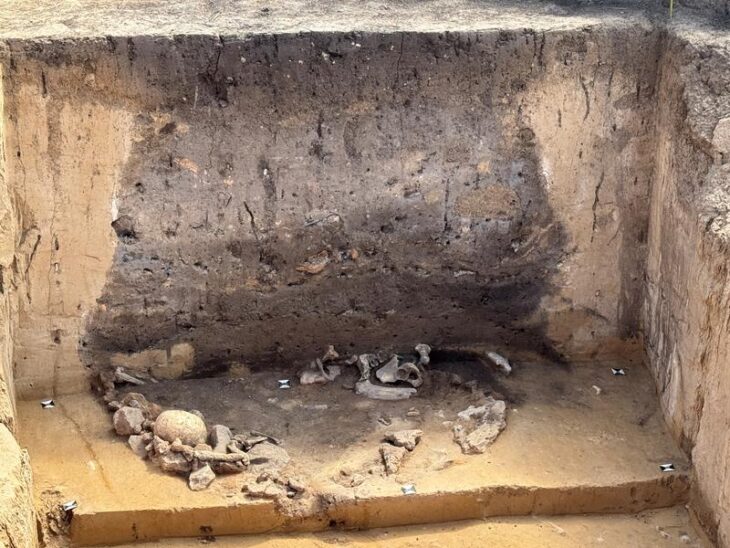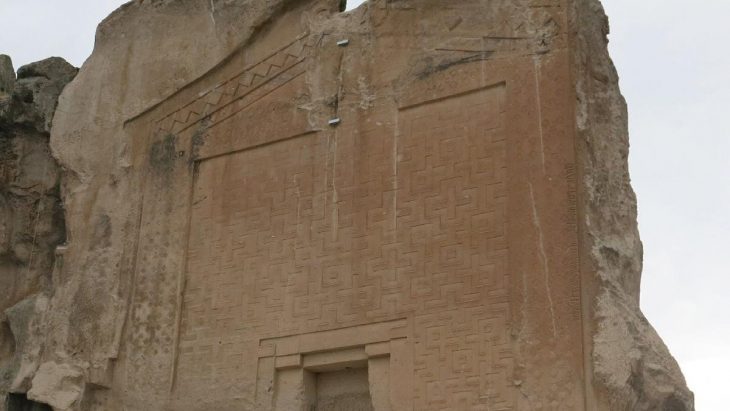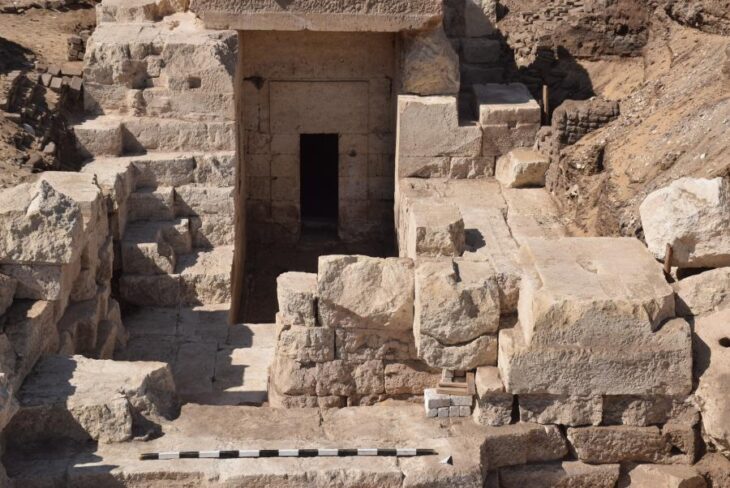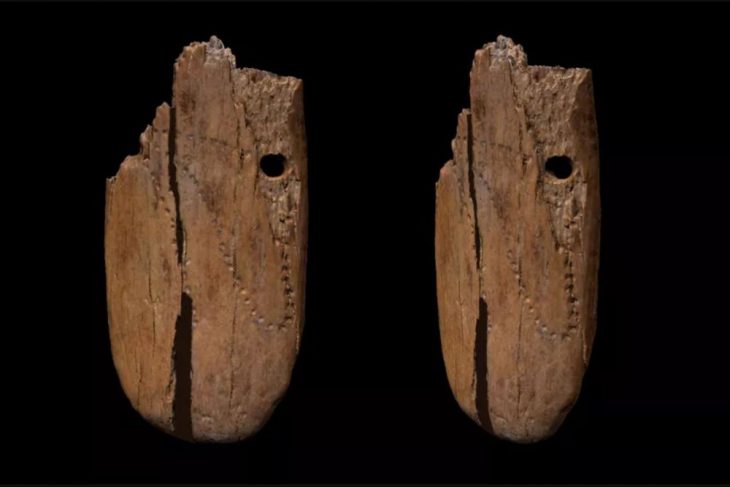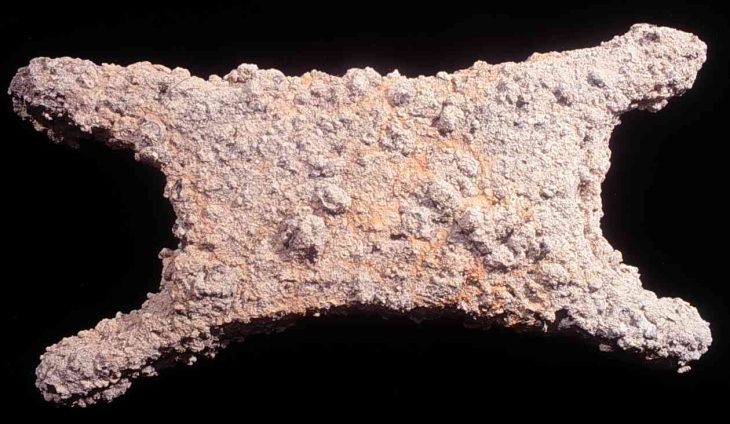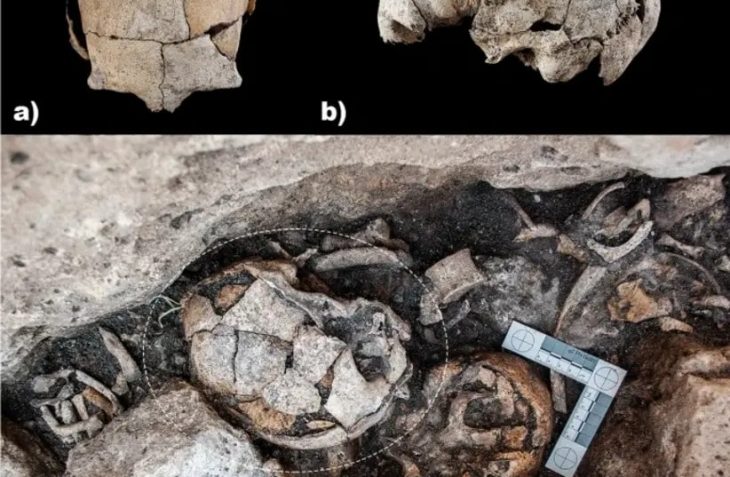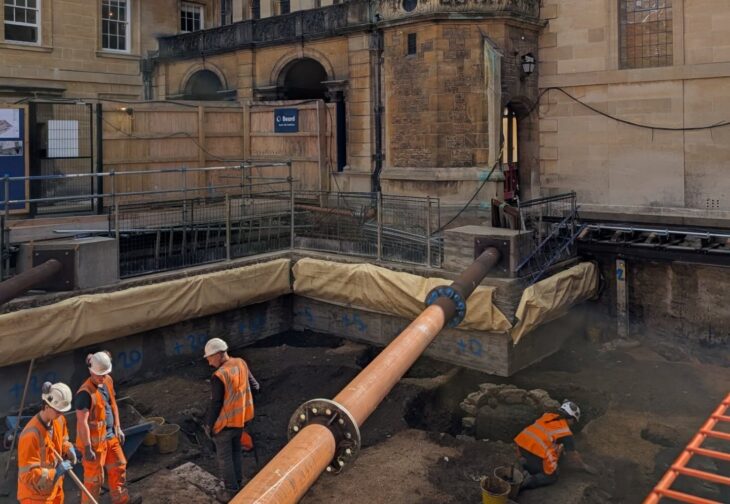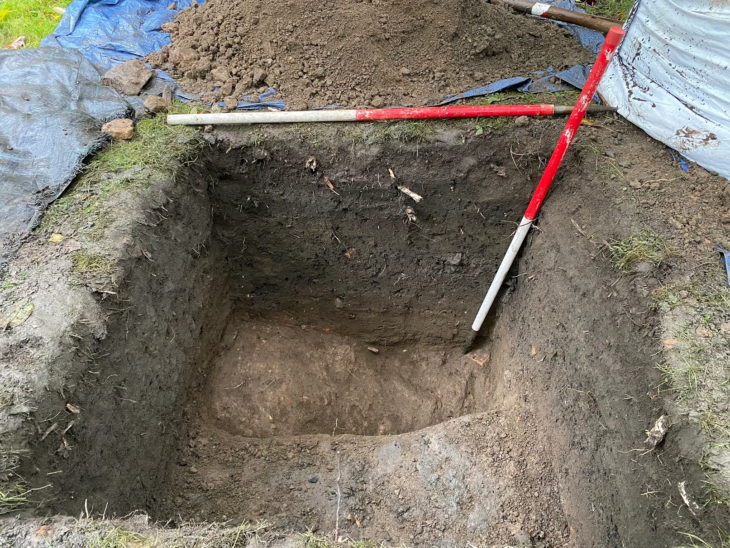The excavations, conducted between September and October by the Catholic University, uncovered numerous burials attributed, on the one hand, to members of the Lombards Dynasty and, on the other, to monks who lived in the late medieval period.
To the west of the city of Pavia, on the road leading to Piedmont and the Alpine passes, around the middle of the 7th century A.D. the Lombard king Aripert I had the first dynastic mausoleum built in the capital, which would house the burials of his sons and heirs until the beginning of the 8th century. This was the first necropolis excavated at a royal ecclesiastical building, a Catholic mausoleum that disrupted the traditions and funerary rituals typical of Germanic peoples. Then, in the 10th century, Adelaide, wife of Emperor Otto I of the Holy Roman Empire, had an imperial monastery built on the same site, later replaced by a 15th-century church that is still standing today, the Basilica of the Holy Saviour.
Since 2017, a team of experts from the Catholic University, led by Professor Caterina Giostra, has been conducting investigations to unravel the secrets of this necropolis. This project is supported by the Swiss foundation Plus Patrum Lumen Sustine, enabling meticulous research and the use of advanced technologies.
The research focused on the southern area of the cloister, while the northern area will be studied in 2025.
Archaeologists have discovered over twenty Early Middle Ages burial sites in exceptional condition in the Small Cloister, which is next to the modern church. Among the unusual examples of these tombs, which are frequently built with gabled roofs and masonry boxes, is one that is among the oldest and features a painted red cross.
📣 Our WhatsApp channel is now LIVE! Stay up-to-date with the latest news and updates, just click here to follow us on WhatsApp and never miss a thing!!
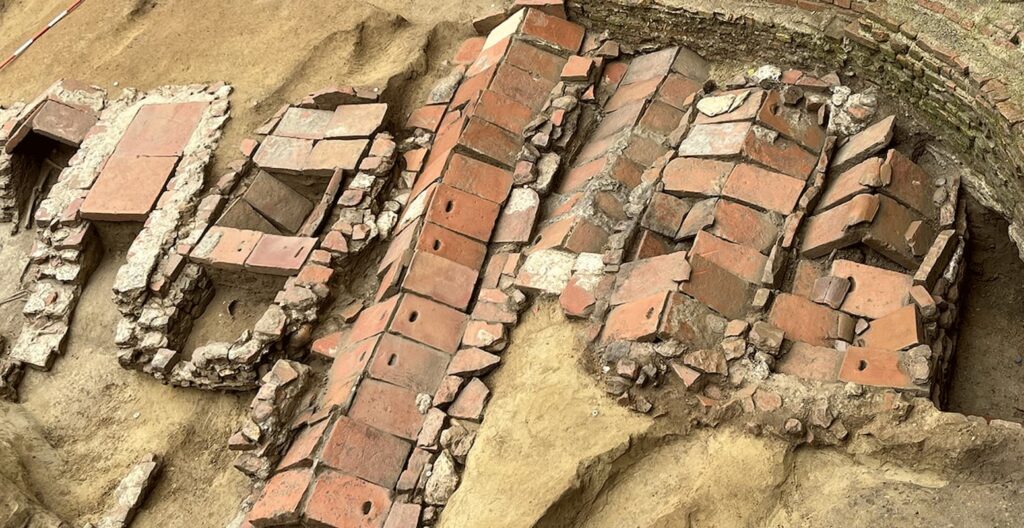
According to Professor Giostra, these burials were likely reserved for individuals of high social status. The fact that a large number of these tombs were repurposed over time is interesting because it suggests that skeletal remains were exhumed and rearranged as part of funerary practices. This procedure might have been used to make room for additional burials or to recover symbolic items that were a part of the time’s customs.
Above the Lombards elite burials from the early medieval period, researchers have identified a second, more modest level of burials. These graves preserve the remains of the monks who lived there in the Late Middle Ages. These discoveries are complemented by the identification of an underground passage connecting the monastery’s cellars to a central well, designed to ensure an efficient water supply.
The excavation team has employed advanced tools such as drones, three-dimensional photogrammetry, and forensic analysis to document and preserve the findings. Samples collected will be analyzed in collaboration with the Laboratory of Anthropology and Forensic Odontology (LABANOF) at the University of Milan, led by Professor Cristina Cattaneo.
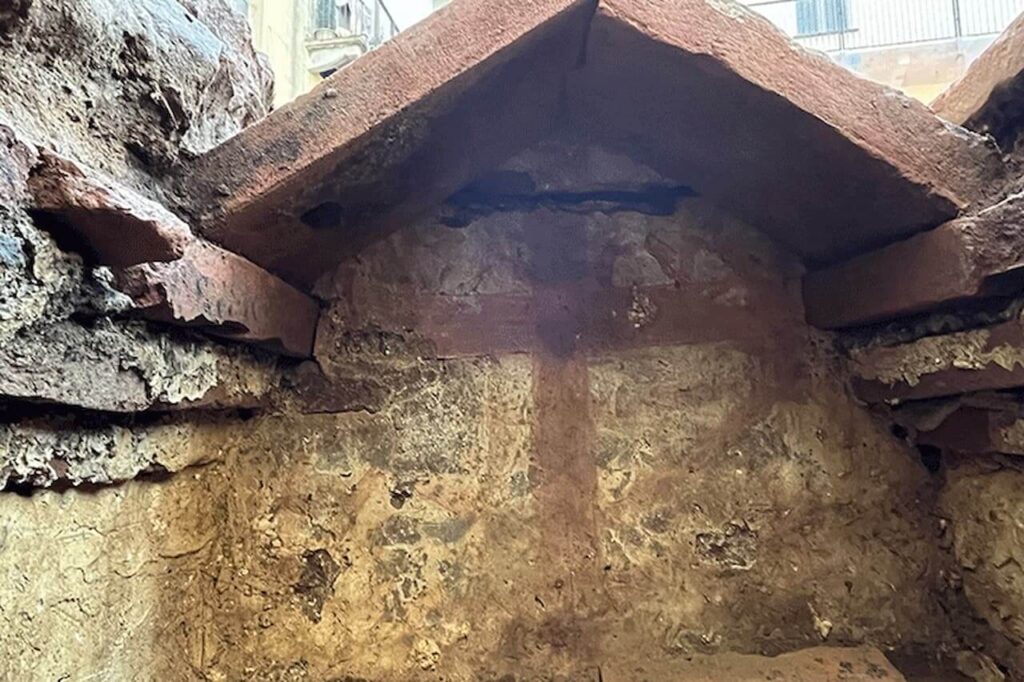
These investigations will be added to the archaeo-genetic examination, which uses ancient nuclear DNA to define the biological profile of individuals to establish possible kinship relationships, gender, social position, diet, and lifestyle. Additionally, researchers to explore the ancient DNA of the remains, potentially revealing whether the individuals were exclusively local or had connections to populations from Northern Europe, as documented in other Lombard necropolises in Italy.
Università Cattolica del Sacro Cuore
Cover Image Credit: Università Cattolica del Sacro Cuore

